TRAPPING RATS
Efficient Rodent Control: Trapping and Eliminating Rats
Introduction:
Rodent infestations, particularly those involving rats, can pose serious health risks and structural damage to homes. When faced with a rat problem, implementing effective rodent control measures becomes crucial. In this article, we will explore the methods and strategies for trapping and eliminating rats, ensuring a pest-free living environment.
Identifying Rat Infestations:
1. Signs of Rat Activity:
Recognizing the signs of rat presence is essential for early intervention. Look for droppings, gnaw marks, grease stains along walls, and evidence of nesting materials. Unusual sounds in walls or ceilings can also indicate a rat infestation.
2. Types of Rats:
Two common species of rats, the Norway rat and the roof rat, are known for invading human spaces. Understanding their behaviors and preferences can help tailor rodent control methods to specific needs.
Trapping Methods:
1. Snap Traps:
Snap traps are traditional and effective tools for rat control. Place them along rat runways with the trigger side facing the wall. Use baits like peanut butter or bacon to entice rats to trigger the trap.
2. Electronic Traps:
Electronic traps deliver a quick and humane kill. They use an electric shock to dispatch rats instantly. These traps are reusable and offer a clean method of rodent control.
3. Glue Traps:
Glue traps can be effective when placed strategically along rat pathways. However, they are non-lethal and may not be suitable for those seeking humane rodent control options.
Baiting Strategies:
1. Choosing the Right Bait:
Rats are attracted to a variety of foods, including nuts, seeds, and high-protein substances. Experiment with different baits to determine the preferences of the rat population in your area.
2. Secure Baits in Traps:
Ensure baits are securely placed in traps to prevent rats from stealing them without triggering the trap. Attach baits with wire or use bait stations to protect pets and non-target animals.
Professional Rodent Control:
1. Consulting Pest Control Experts:
In severe infestations or cases where DIY methods prove insufficient, consulting professional pest control services is advisable. Experts can assess the extent of the infestation, identify entry points, and implement targeted treatments.
2. Integrated Pest Management (IPM):
Professionals often employ Integrated Pest Management, combining various strategies such as exclusion, sanitation, and targeted chemical control. IPM focuses on long-term prevention and environmentally friendly solutions.
Prevention Strategies:
1. Sealing Entry Points:
Prevent future infestations by sealing entry points rats use to access your home. Inspect walls, foundations, and rooflines for gaps, and use materials like steel wool or caulk to seal them.
2. Maintaining Cleanliness:
Rats are attracted to food sources and clutter. Keep food stored in airtight containers, clean up spills promptly, and declutter areas where rats may find shelter.
Conclusion:
Effectively trapping and eliminating rats requires a combination of strategic methods and ongoing preventive measures. By identifying signs of rat activity, selecting appropriate traps and baits, and considering professional assistance when needed, homeowners can regain control over rodent infestations. Implementing proactive prevention strategies ensures a rat-free environment, safeguarding both property and health.
serving
Vidor, TX
Beaumont, TX
and surrounding areas
Contact Us
TPCL#11792
Business Hours
- Mon - Sat
- -
- Sunday
- Closed


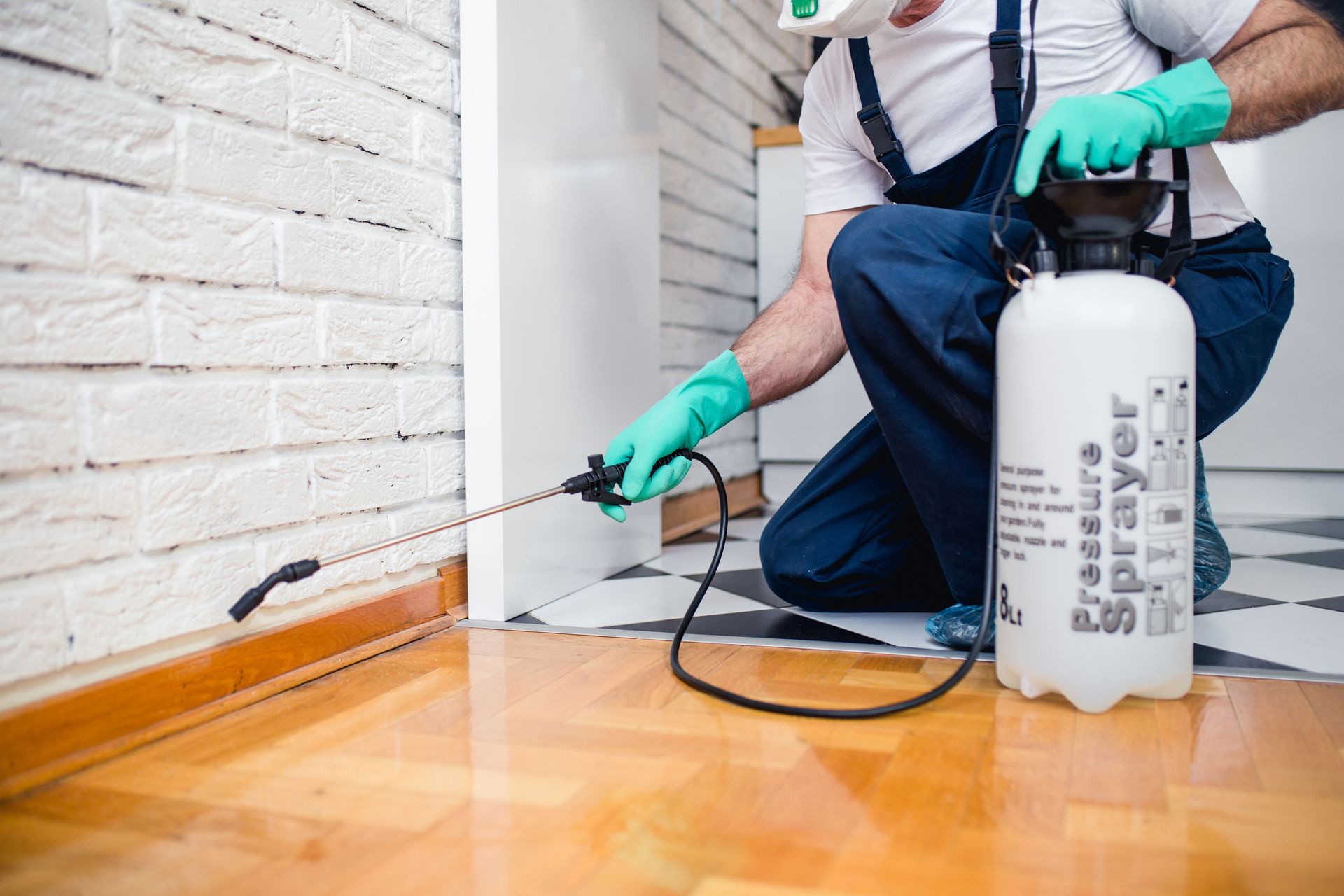

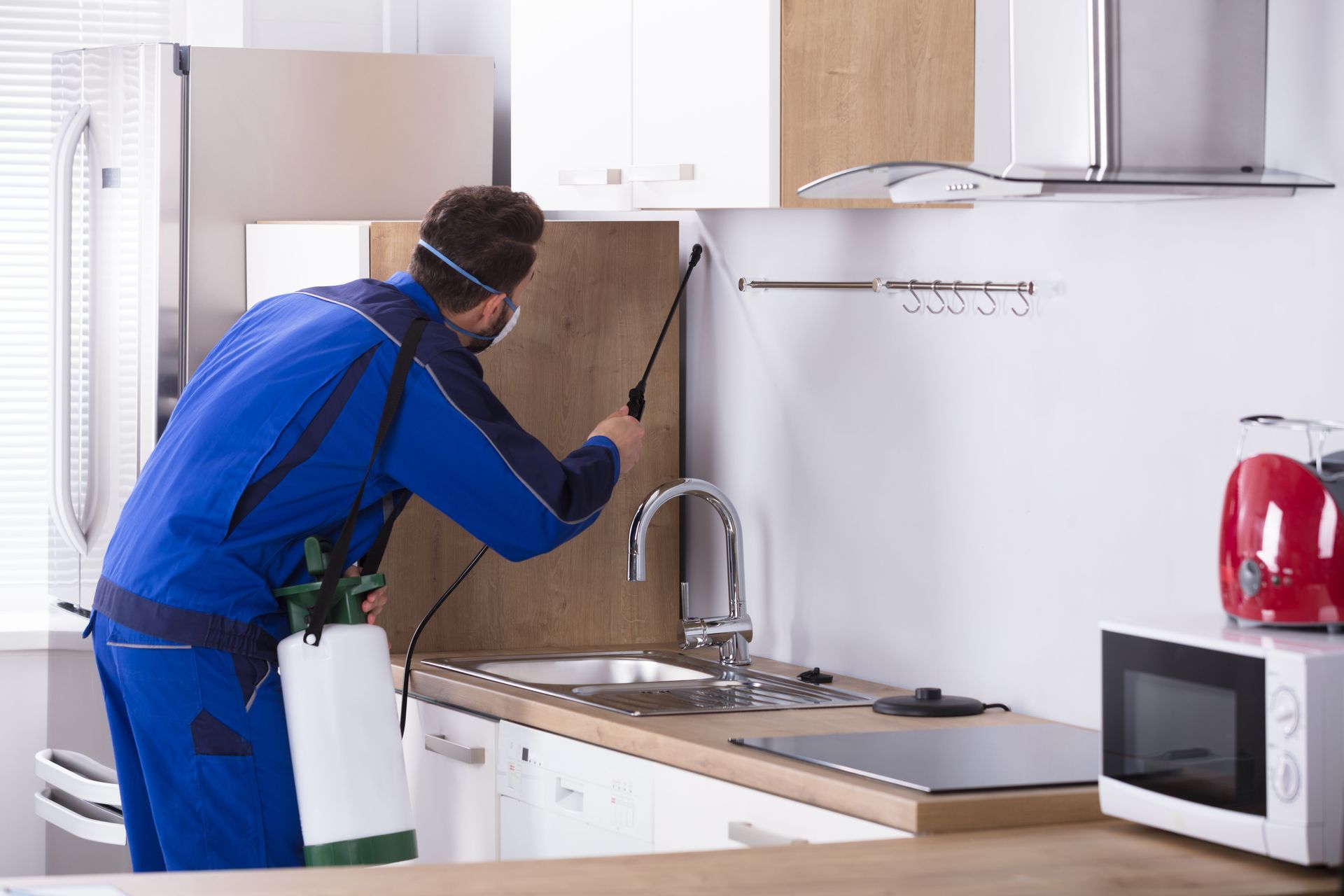

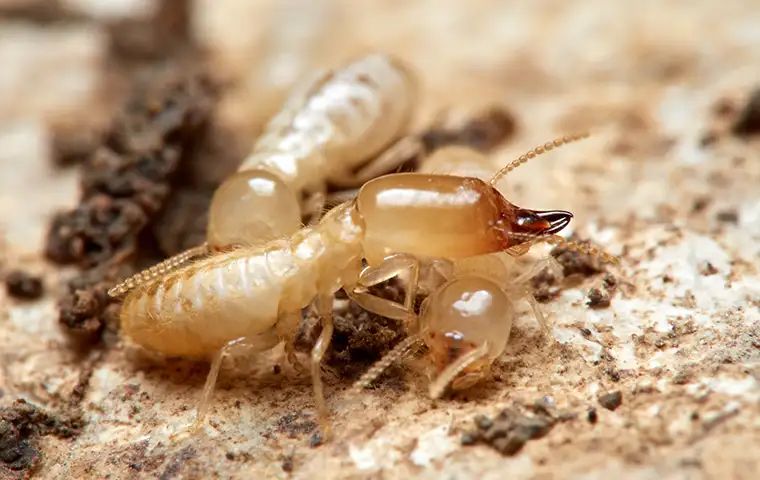
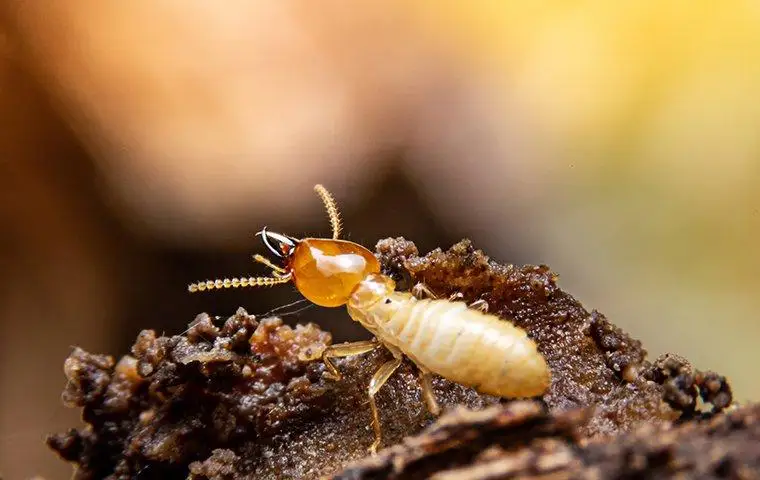
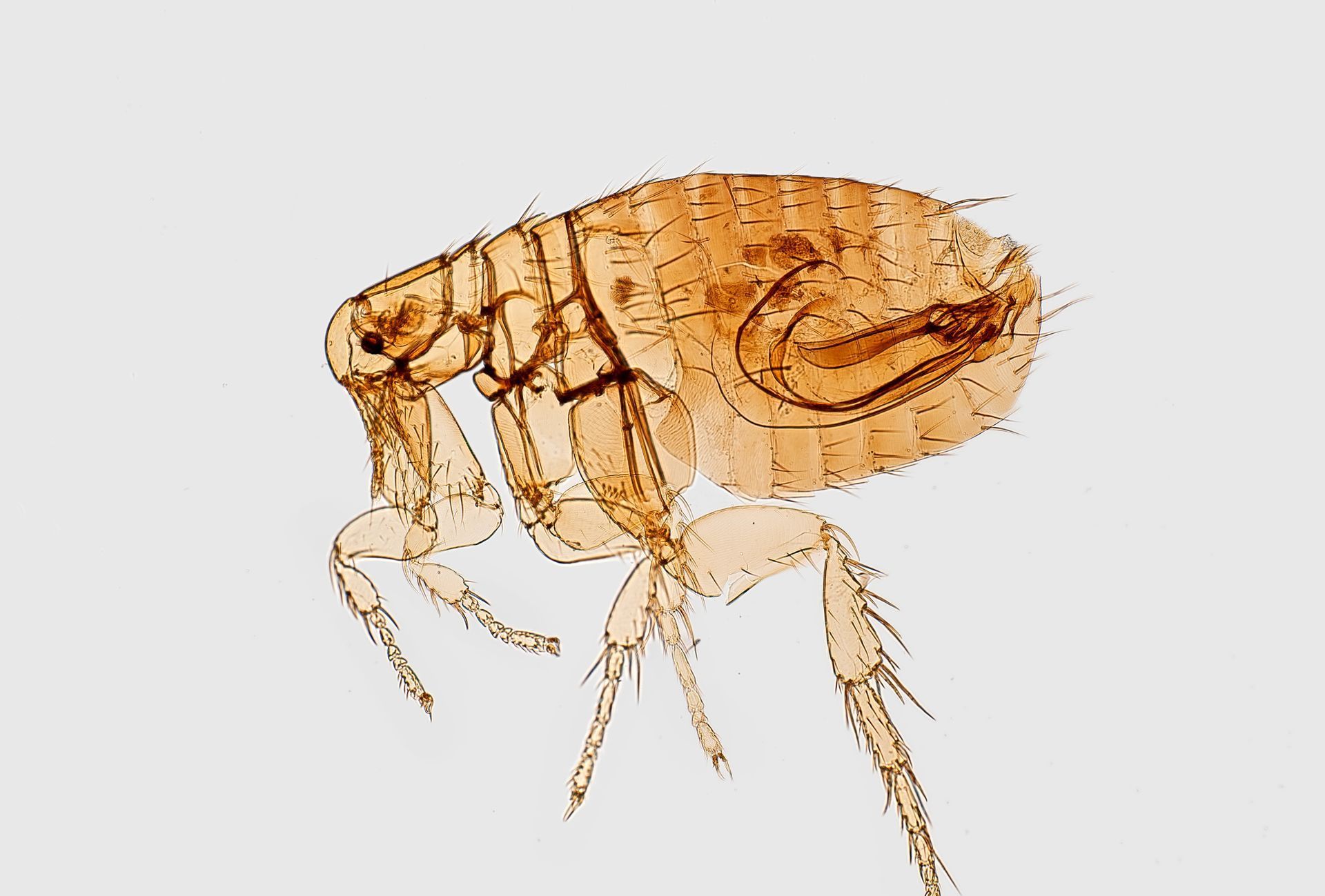
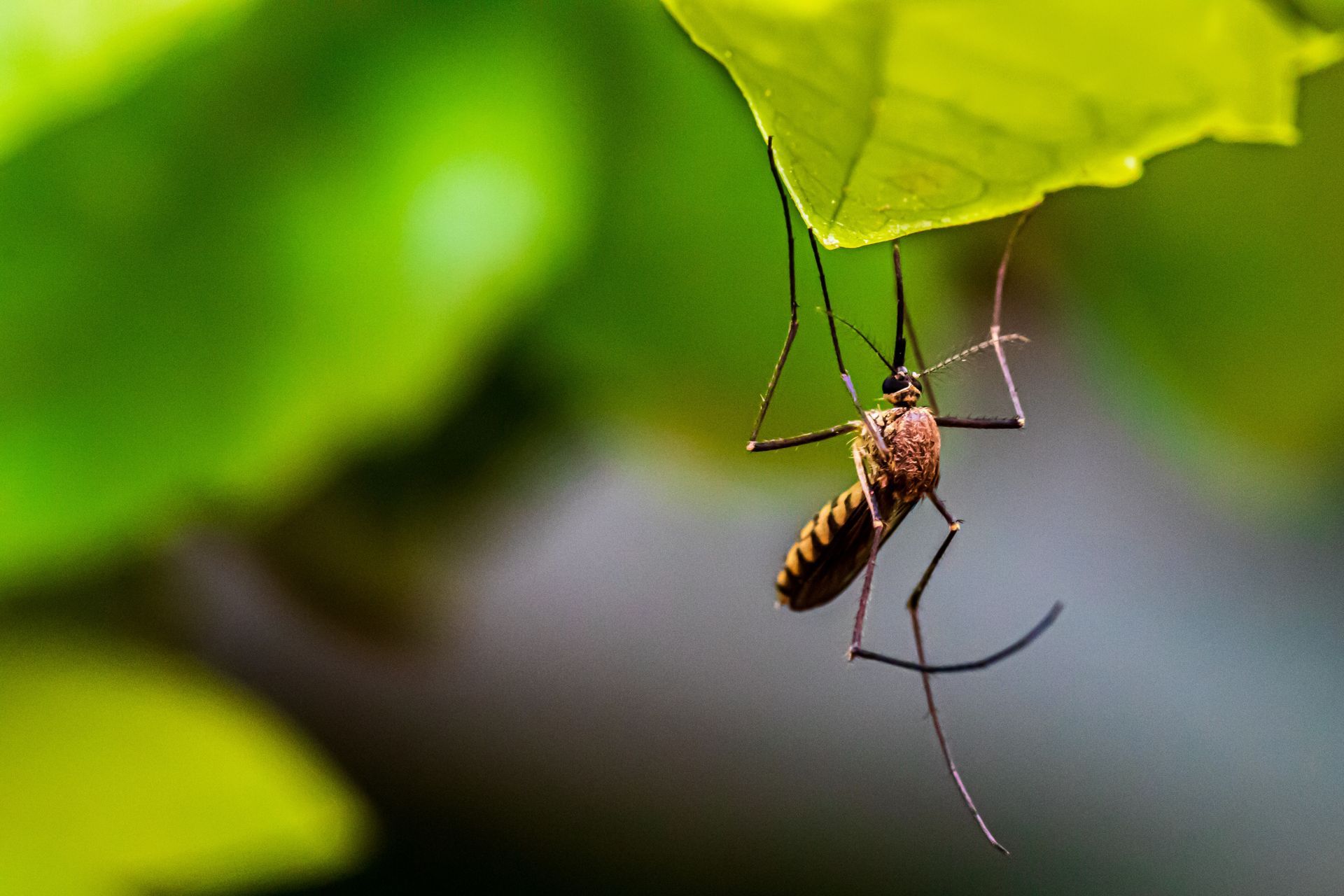
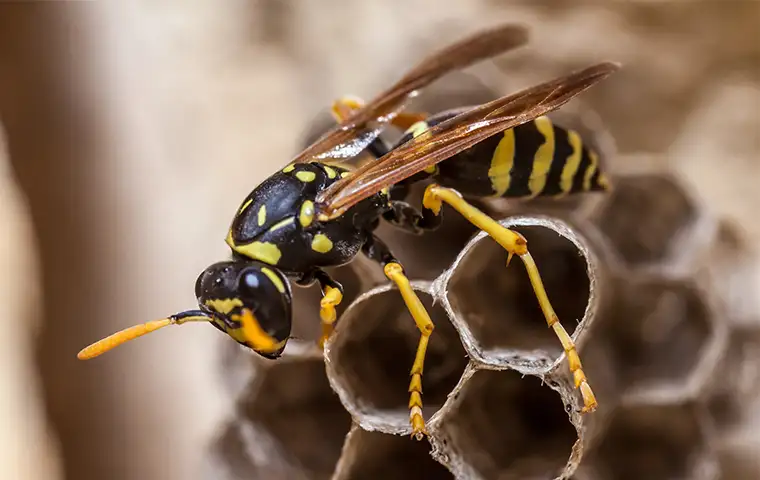
Share On: